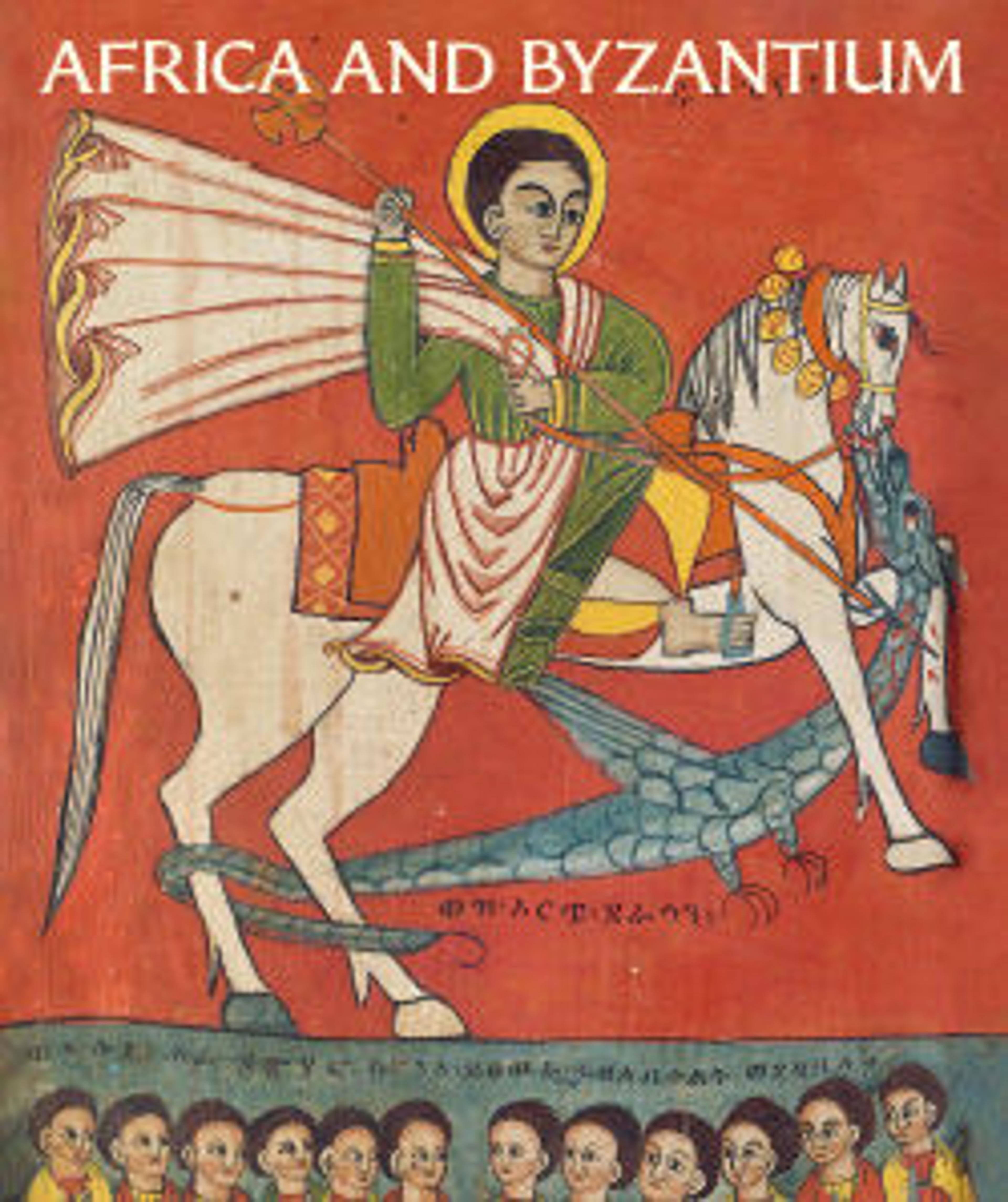Icon of the Virgin and Child, Hodegetria variant
This intimate variant of the Byzantine Virgin Hodegetria (She who shows the Way) and the Virgin Eleousa (Virgin of Tenderness) icon types embodies the cross-cultural currents of the thirteenth century when Crusader artists coming East from Italy, France, England, and elsewhere in Europe met artists of the Byzantine tradition of the Orthodox Church. The exquisite faces of the Virgin and Child are typical of Byzantine icons in style. The Virgin’s pensive gaze recognizes the future suffering of her son as in Hodegetria icons. Christ’s upturned face would be nestled against the Virgin’s neck in an Eleousa icon in a gesture of tenderness. By distancing the Child, the artist has created a new variant of the Hodegetria type where the Virgin becomes a nurturing mother as she points to her infant son as the path to salvation. The Child’s hand on his shoulder may refer to where the cross would later rest as he carried it to his Crucifixion.
Artwork Details
- Title: Icon of the Virgin and Child, Hodegetria variant
- Artist: Byzantine or Crusader (13th century)
- Date: 13th century
- Geography: Made in Egypt
- Culture: Byzantine or Crusader
- Medium: Tempera on wood
- Dimensions: 10 × 7 1/4 × 1/2 in. (25.4 × 18.4 × 1.3 cm)
- Classification: Paintings-Icons
- Credit Line: Purchase, Mary and Kathryn Jaharis Gift, in honor of Helen C. Evans, 2020
- Object Number: 2020.401
- Curatorial Department: Medieval Art and The Cloisters
More Artwork
Research Resources
The Met provides unparalleled resources for research and welcomes an international community of students and scholars. The Met's Open Access API is where creators and researchers can connect to the The Met collection. Open Access data and public domain images are available for unrestricted commercial and noncommercial use without permission or fee.
To request images under copyright and other restrictions, please use this Image Request form.
Feedback
We continue to research and examine historical and cultural context for objects in The Met collection. If you have comments or questions about this object record, please contact us using the form below. The Museum looks forward to receiving your comments.
